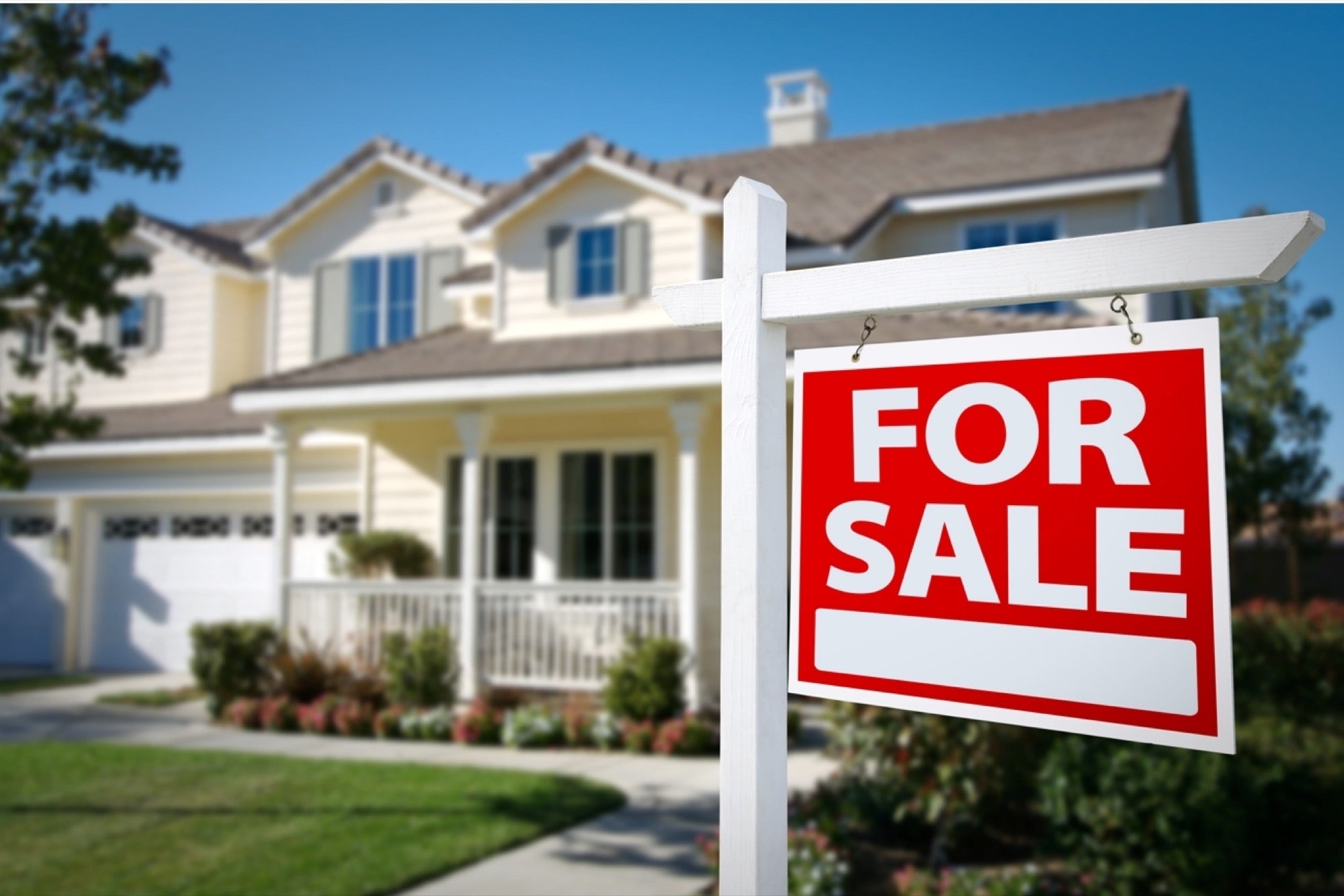The Future of Property: Fads and Opportunities to See
As the property landscape progresses, it becomes progressively important to comprehend the emerging patterns and chances that will certainly specify the sector in the coming years. Technological developments are improving transactional processes, while an expanding emphasis on sustainability mirrors altering consumer top priorities. Furthermore, group shifts and the surge of remote work are influencing real estate preferences, particularly in suburbs. With these characteristics at play, a better exam of the techniques and adjustments essential for success reveals fascinating possibilities that can reshape financial investment methods and market actions.
Technical Developments in Realty
In recent years, the real estate industry has actually welcomed a wave of technological developments that are changing traditional methods. One of the most notable technologies is the surge of big information analytics, which enables actual estate experts to examine market fads, predict building worths, and determine investment chances with unprecedented precision.
In addition, online reality (VR) and increased reality (AR) innovations are revolutionizing residential property marketing by providing immersive experiences for possible purchasers and renters. These tools permit clients to carry out online excursions of residential or commercial properties, therefore streamlining the search procedure and enhancing consumer engagement. Additionally, blockchain modern technology is obtaining traction as a way to secure purchases and preserve transparent records, thus reducing fraud and expediting the closing process.
Smart home modern technologies are additionally ending up being progressively widespread, making it possible for home owners to monitor and manage their properties remotely (Real Estate Lockhart). Jointly, these technological developments are reshaping the landscape of property, fostering a much more reliable, transparent, and customer-centric industry
Demand for Sustainable Characteristics
As customers progressively prioritize environmental obligation, the need for lasting residential properties has surged in the realty market. This change shows a more comprehensive societal pattern toward sustainability, with financiers and property buyers looking for properties that decrease ecological influence while making the most of energy effectiveness. Attributes such as photovoltaic panels, energy-efficient home appliances, and lasting building products are currently considered as necessary as opposed to optional.

Additionally, the rise of environment-friendly areas, which prioritize walkability and accessibility to public transportation, even more stresses this fad. These growths appeal to eco mindful purchasers and advertise a healthier way of living.
As the need for sustainable properties remains to climb, sector stakeholders have to adjust to these expectations. By focusing on and accepting ingenious practices sustainability, the property sector can not only meet customer need however also add to a much more lasting future.
Changing Buyer Demographics

In addition, the maturing populace is improving need for housing. Baby boomers are looking for scaled down homes that use access and low maintenance, commonly favoring city setups with nearby amenities. This change necessitates a concentrate on multi-generational housing services that fit varying demands.
Furthermore, multiculturalism is playing a crucial role in genuine estate trends. Customers from various backgrounds bring distinct preferences and assumptions, prompting programmers to produce comprehensive environments that deal with a bigger target market. As these group shifts proceed to progress, property experts must adjust their strategies to deal with see this here the needs of these different buyers. Understanding these transforming demographics will be important in determining crafting and arising opportunities tailored advertising approaches that resonate with the diverse requirements these days's market.
Increase of Remote Work Effect
Progressively, the rise of remote work is changing the realty landscape, prompting considerable changes in purchaser preferences and location options. As employees take pleasure in the adaptability of functioning from home, many are reviewing their property needs, leading to a rise popular for properties in rural and country locations. This pattern is mostly driven by the need for more sizable living atmospheres that can fit home workplaces and a far better top quality of life.
In addition, city facilities, when the prime focus for customers, are witnessing a steady decline sought after as individuals prioritize affordability and accessibility to nature. Genuine estate designers and financiers are shifting their focus towards homes that use i thought about this home workplace rooms, exterior services, and closeness to important solutions.
This developing landscape requires a reevaluation of typical market methods. Actual estate experts have to adjust to the transforming preferences of customers, emphasizing the relevance of way of life consider their advertising and marketing methods. In enhancement, builders are significantly prioritizing versatile floor plans that cater to the double needs of living and working, guaranteeing that they remain affordable in a quickly transforming market. The ramifications of remote job on property are profound, forming future trends and opportunities.
Investment Opportunities in Arising Markets
Financial investment opportunities in arising markets are constantly attracting interest from actual estate financiers looking for diversity and growth possibility. These markets, defined by quick economic development, raising urbanization, and an expanding center class, existing distinct prospects for savvy investors. Nations in Southeast Asia, Africa, and Latin America are witnessing considerable facilities enhancements and positive federal government policies, which additionally boost their allure.
Property fields such as domestic, commercial, and logistics are experiencing increased need because of urban movement and progressing customer preferences. Notably, cities like Ho Chi Minh City, Nairobi, and Medellín are becoming hotspots for financial investment because of their broadening economic situations and vibrant demographics.
Investors ought to conduct detailed market evaluations to identify crucial fads, such as shifts in population dynamics and financial stability, which can influence residential property values. In addition, collaborations with regional realty firms can help with successful entrance and navigation in these markets.
However, it's crucial to be mindful of prospective dangers, including political instability and regulatory obstacles. By considering these elements and taking on a long-term perspective, capitalists can properly maximize the financially rewarding chances emerging in these creating regions.

Conclusion
In conclusion, the future of actual estate will be substantially affected by technological improvements, an expanding focus on sustainability, and evolving customer demographics. Browsing this changing landscape will call for strategic collaborations and an eager understanding of market characteristics to take advantage of on the patterns shaping the sector.
As the actual estate landscape evolves, it over here comes to be significantly necessary to comprehend the emerging fads and opportunities that will define the sector in the coming years. One of the most notable technologies is the increase of large data analytics, which permits actual estate professionals to analyze market patterns, anticipate home worths, and identify financial investment chances with unmatched accuracy.As consumers progressively prioritize ecological duty, the demand for sustainable residential or commercial properties has risen in the actual estate market. The implications of remote job on actual estate are profound, shaping future fads and opportunities.
Financial investment chances in emerging markets are consistently attracting focus from actual estate financiers looking for diversity and growth potential.